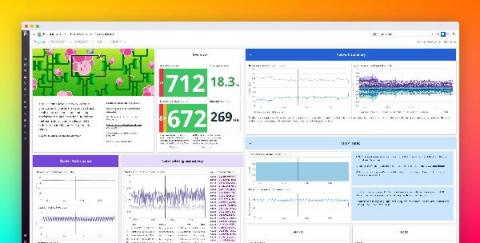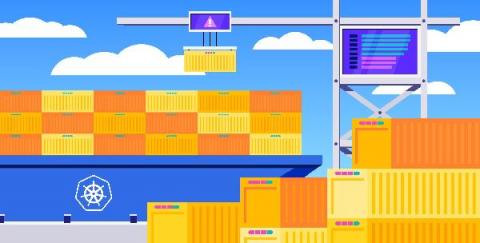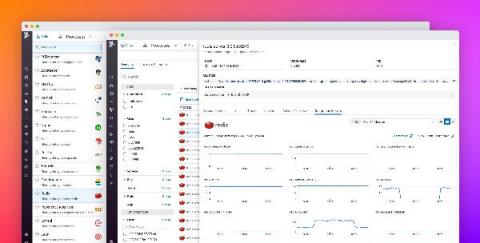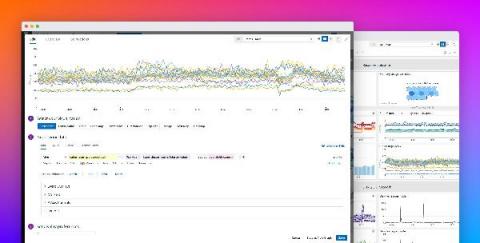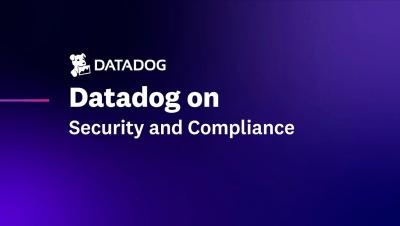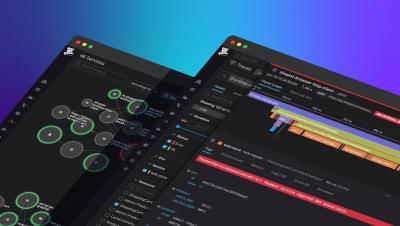Announcing support for Oracle Arm-based Ampere A1 instances
Arm processors have long been at the center of mobile computing, powering billions of smartphones, tablets, smartwatches, and other IoT devices. Today, these processors are beginning to see broader adoption in the cloud as they promise better performance, higher energy efficiency, and lower costs than their x86-based predecessors. Just this week, Oracle announced its new Oracle Cloud Infrastructure Ampere A1 Compute platform, built on the Ampere Altra Arm processor.






